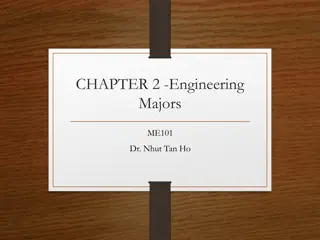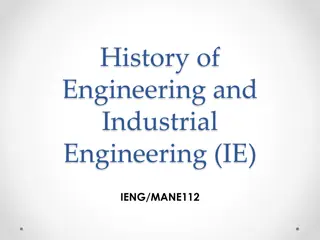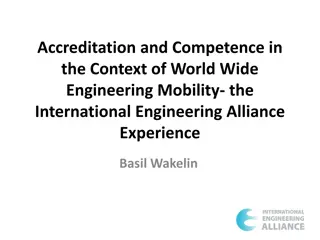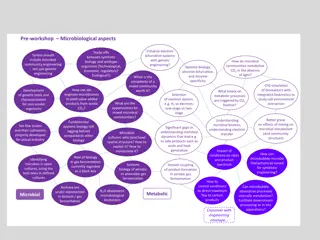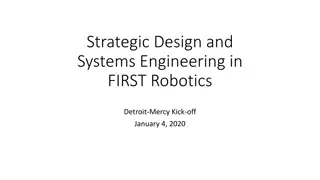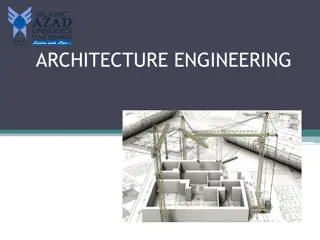iSTEM Engineering Design Process
This content outlines the 8 stages of the iSTEM engineering design process, starting from defining the problem to communicating the solution. It covers key aspects such as problem identification, solution brainstorming, prototype development, evaluation, and iteration. Each stage is explained with detailed instructions and key questions to guide the innovative design process effectively.
Download Presentation

Please find below an Image/Link to download the presentation.
The content on the website is provided AS IS for your information and personal use only. It may not be sold, licensed, or shared on other websites without obtaining consent from the author.If you encounter any issues during the download, it is possible that the publisher has removed the file from their server.
You are allowed to download the files provided on this website for personal or commercial use, subject to the condition that they are used lawfully. All files are the property of their respective owners.
The content on the website is provided AS IS for your information and personal use only. It may not be sold, licensed, or shared on other websites without obtaining consent from the author.
E N D
Presentation Transcript
THE VALUE OF MULTIDISCIPLINARY PERSPECTIVES SURF 2018 / VITERBO UNIVERSITY DR. BETH MARZONI
WHAT DOES IT MEAN TO BE INTERDISCIPLINARY? "Interdisciplinary research is a mode of research by teams or individuals that integrates information, data, techniques, tools, perspectives, concepts, and/or theories from two or more disciplines or bodies of specialized knowledge to advance fundamental understanding or to solve problems whose solutions are beyond the scope of a single discipline or area of research practice." *Committee on Facilitating Interdisciplinary Research, Committee on Science, Engineering, and Public Policy (2004). Facilitating interdisciplinary research. National Academies. Washington: National Academy Press, p. 2.
WHY IS INTERDISCIPLINARY THINKING & RESEARCH IMPORTANT? Complex problems demand complex solutions. Interdisciplinary work breaks down barriers. Collaboration refines key skills. It s fun, gosh darn-it.
HOW DO YOU KNOW ITS WORKING? You should find yourself asking new questions ones that you never would have asked otherwise. You might discover new applications and often in new disciplines or contexts. You might be forced to revise your theoretical framework as your set of assumptions and principles that guide your research may be challenged and changed.









